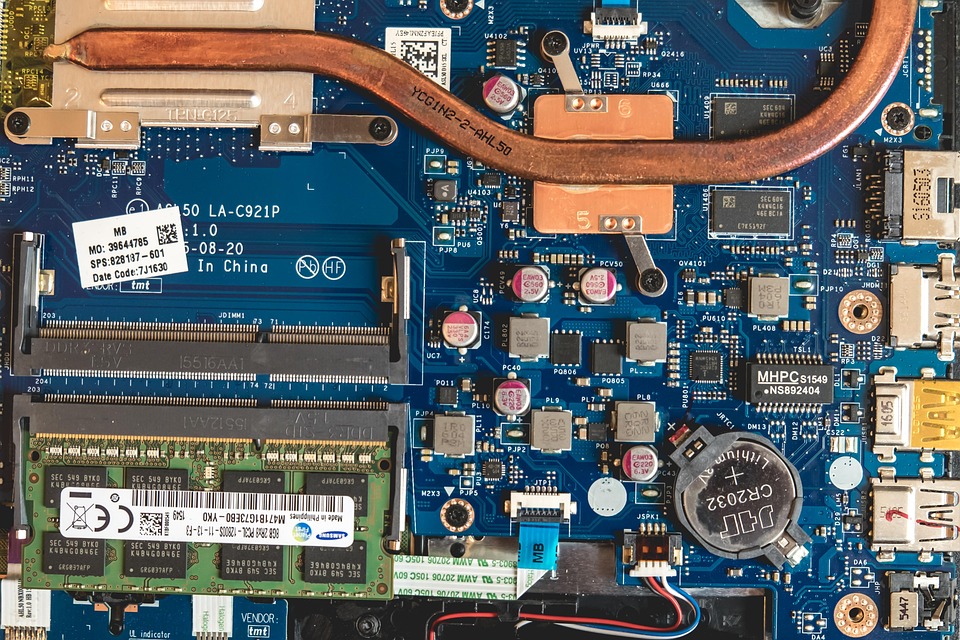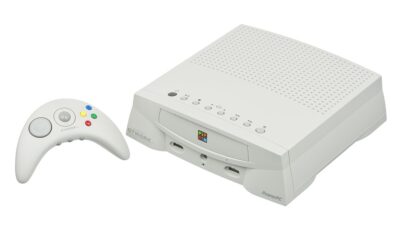Introduction
The world of computing is fundamentally shaped by two dominant CPU architectures: ARM and x86. These architectures are not just technical specifications; they represent competing philosophies, ecosystems, and markets. As technology evolves, the competition between ARM and x86 continues to heat up, influencing everything from mobile devices to high-performance computing.
Historical Context
x86 Architecture
Introduced by Intel in 1978 with the 8086 processor, the x86 architecture became the backbone of personal computing. Over decades, it underwent significant evolution, resulting in powerful multi-core processors used primarily in desktops, laptops, and servers. x86’s complex instruction set computing (CISC) design allows for a rich set of instructions, which makes it ideal for a broad range of applications.
ARM Architecture
ARM (Advanced RISC Machines) was born in the 1980s and is based on a reduced instruction set computing (RISC) design. This simplicity allows for more efficient processing and lower power consumption, making it appealing for mobile and embedded devices. Initially targeting low-power and mobile computing, ARM has expanded into servers and even high-end computing with the development of Neoverse and Cortex series.
Current Landscape
Market Penetration
ARM dominates the mobile market, powering the majority of smartphones and tablets due to its energy efficiency—critical for battery-powered devices. Major operating systems, particularly Android and iOS, are optimized for ARM architecture.
Conversely, x86 maintains a stronghold in the traditional computing market, including personal computers and enterprise servers. Microsoft’s Windows OS and major enterprise applications are heavily optimized for x86 processors, making it a natural choice for business environments.
Performance
In terms of raw performance, x86 processors often outshine their ARM counterparts in high-performance computing tasks. They can handle complex, computationally intense workloads efficiently, largely due to their advanced CISC architecture paired with high clock speeds.
However, ARM is closing the gap. With the introduction of ARM’s Cortex-A78 and Apple’s custom M1 and M2 chips, ARM has started to deliver impressive performance metrics on par with x86 while maintaining its power efficiency. This shift is significant, indicating a growing parity in performance capabilities between the two architectures.
Ecosystem and Developer Support
x86 Ecosystem
The x86 ecosystem is rich with an extensive array of software, tools, and libraries developed over decades. This includes legacy software that continues to be vital for many organizations. However, the reliance on older architectures can sometimes inhibit innovation.
ARM Ecosystem
ARM’s ecosystem is more fragmented but growing rapidly. The architecture’s licensing model allows a broad range of manufacturers to develop custom chips, leading to a diversity of products. Companies like Apple, Qualcomm, and NVIDIA are creating tailored solutions leveraging ARM’s efficiency. The rise of IoT (Internet of Things) devices also heavily favors ARM due to its low power consumption.
Future Trends
AI and Machine Learning
The demand for artificial intelligence and machine learning capabilities is reshaping the CPU landscape. Both ARM and x86 are investing in specialized architectures to cater to AI workloads. ARM’s scalability offers opportunities in edge computing, while x86 remains a force in data center applications.
Cloud Computing
The trend toward cloud computing favors architectures that balance performance and efficiency. ARM’s competitiveness in power consumption may give it an advantage as more companies optimize for cost-effective data processing.
Customization
The future might see more custom architectures emerging as tech giants aim for specialized performance. The denormalization of hardware design allows for unique approaches to computing, offering differentiation that could disrupt the current CPU landscape.
Conclusion
The ARM vs. x86 battle is more than just a clash of chip architectures; it is a contest of visions for the future of computing. As technology advances, both will continue to evolve, influencing everything from handheld devices to cloud infrastructure. The ultimate winners will be users, who will benefit from a diverse range of choices, each optimized for their specific needs. With continuous innovation in both camps, the CPU architecture war is far from over, and it will be fascinating to see where it leads us next.



